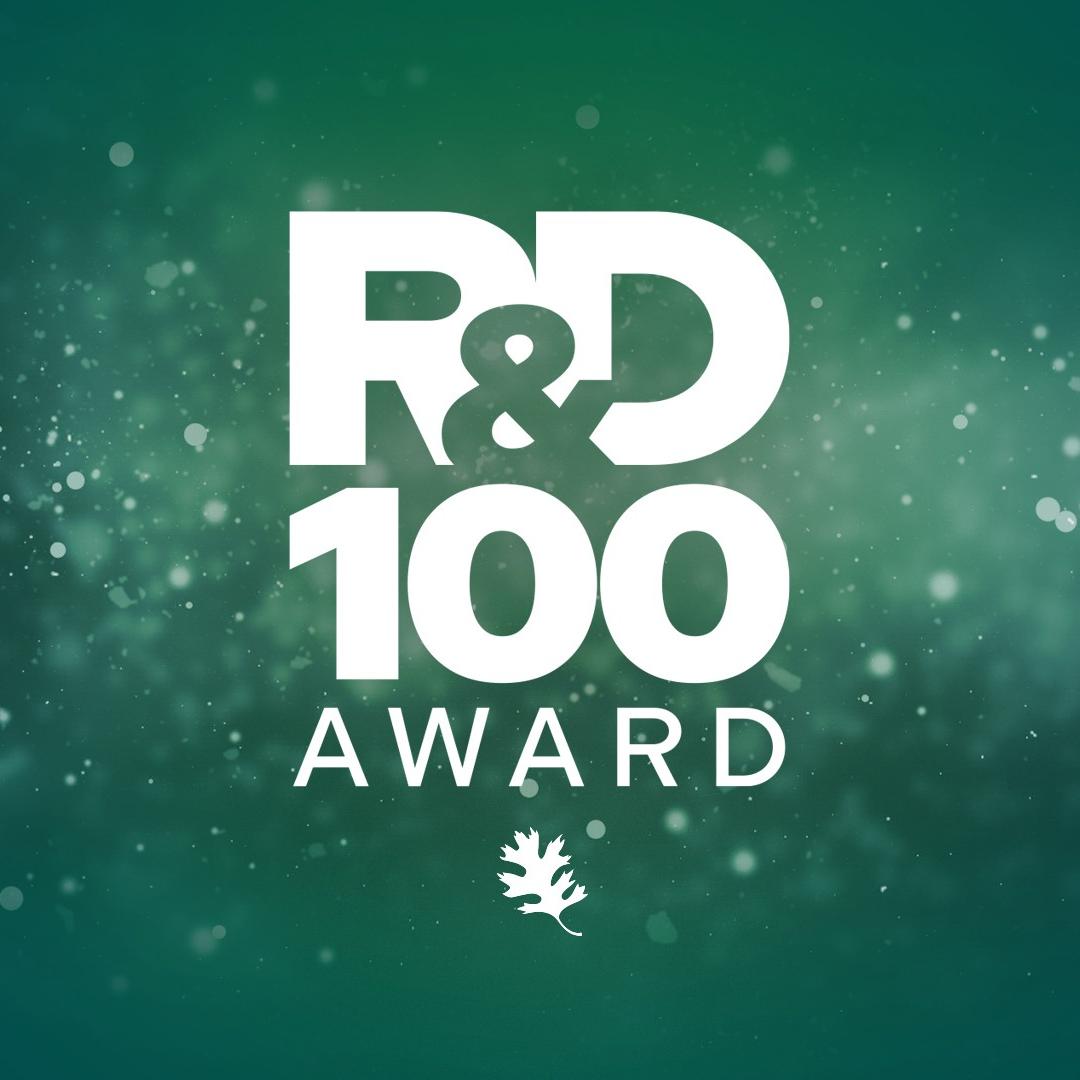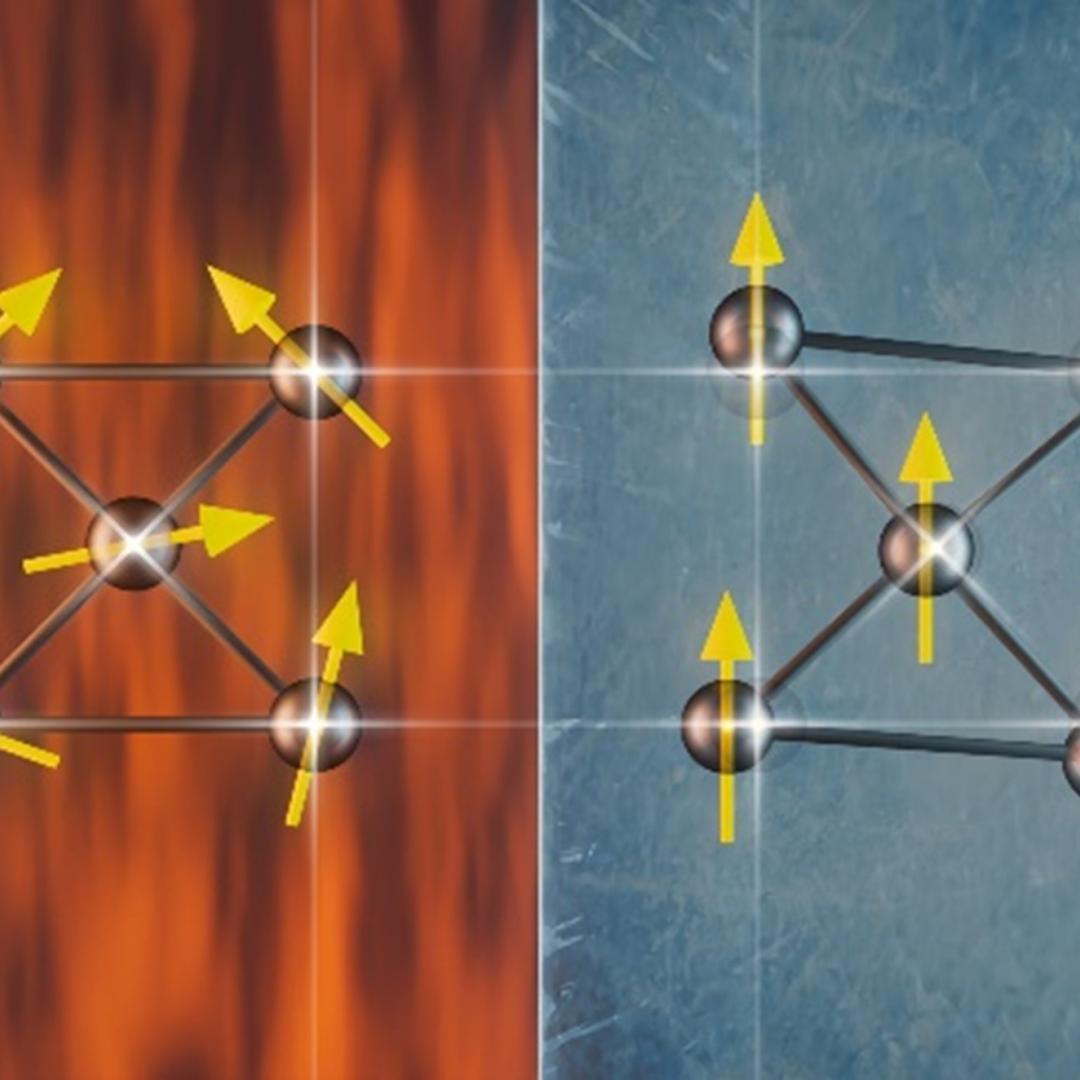
Filter News
Area of Research
News Topics
- (-) Frontier (25)
- (-) High-Performance Computing (45)
- 3-D Printing/Advanced Manufacturing (42)
- Advanced Reactors (8)
- Artificial Intelligence (48)
- Big Data (27)
- Bioenergy (51)
- Biology (60)
- Biomedical (29)
- Biotechnology (12)
- Buildings (20)
- Chemical Sciences (27)
- Clean Water (14)
- Climate Change (51)
- Composites (8)
- Computer Science (87)
- Coronavirus (17)
- Critical Materials (5)
- Cybersecurity (14)
- Decarbonization (46)
- Education (1)
- Emergency (2)
- Energy Storage (30)
- Environment (105)
- Exascale Computing (27)
- Fossil Energy (4)
- Fusion (31)
- Grid (25)
- Hydropower (5)
- Isotopes (28)
- ITER (2)
- Machine Learning (22)
- Materials (44)
- Materials Science (47)
- Mathematics (7)
- Mercury (7)
- Microelectronics (3)
- Microscopy (20)
- Molten Salt (1)
- Nanotechnology (16)
- National Security (42)
- Net Zero (8)
- Neutron Science (49)
- Nuclear Energy (56)
- Partnerships (19)
- Physics (30)
- Polymers (8)
- Quantum Computing (21)
- Quantum Science (31)
- Renewable Energy (1)
- Security (11)
- Simulation (32)
- Software (1)
- Space Exploration (12)
- Statistics (1)
- Summit (31)
- Sustainable Energy (47)
- Transformational Challenge Reactor (3)
- Transportation (27)
Media Contacts

A study led by researchers at ORNL could uncover new ways to produce more powerful, longer-lasting batteries and memory devices.
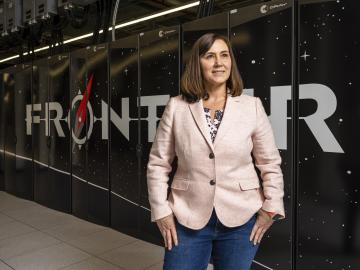
At the National Center for Computational Sciences, Ashley Barker enjoys one of the least complicated–sounding job titles at ORNL: section head of operations. But within that seemingly ordinary designation lurks a multitude of demanding roles as she oversees the complete user experience for NCCS computer systems.
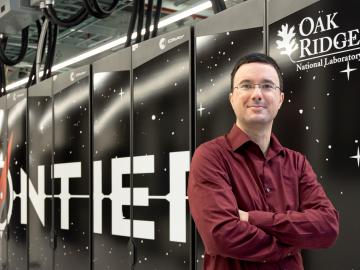
As renewable sources of energy such as wind and sun power are being increasingly added to the country’s electrical grid, old-fashioned nuclear energy is also being primed for a resurgence.
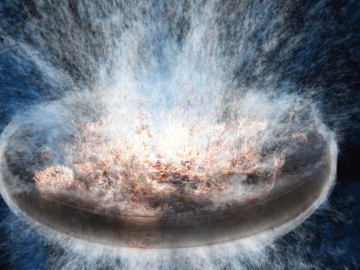
A trio of new and improved cosmological simulation codes was unveiled in a series of presentations at the annual April Meeting of the American Physical Society in Minneapolis.
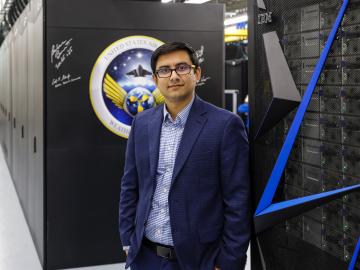
Climate change often comes down to how it affects water, whether it’s for drinking, electricity generation, or how flooding affects people and infrastructure. To better understand these impacts, ORNL water resources engineer Sudershan Gangrade is integrating knowledge ranging from large-scale climate projections to local meteorology and hydrology and using high-performance computing to create a holistic view of the future.

Using disinformation to create political instability and battlefield confusion dates back millennia. However, today’s disinformation actors use social media to amplify disinformation that users knowingly or, more often, unknowingly perpetuate. Such disinformation spreads quickly, threatening public health and safety. Indeed, the COVID-19 pandemic and recent global elections have given the world a front-row seat to this form of modern warfare.
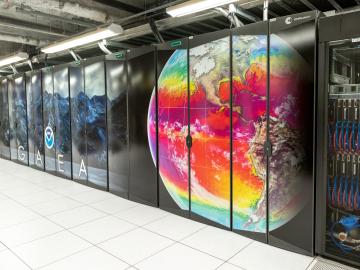
Oak Ridge National Laboratory, in partnership with the National Oceanic and Atmospheric Administration, is launching a new supercomputer dedicated to climate science research. The new system is the fifth supercomputer to be installed and run by the National Climate-Computing Research Center at ORNL.
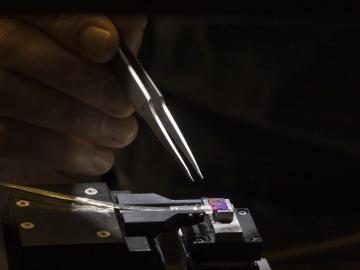
ORNL’s next major computing achievement could open a new universe of scientific possibilities accelerated by the primal forces at the heart of matter and energy.
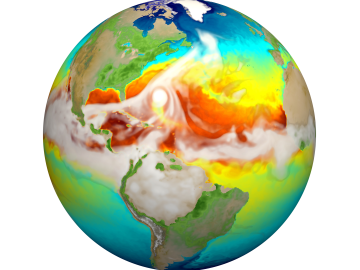
The Earth System Grid Federation, a multi-agency initiative that gathers and distributes data for top-tier projections of the Earth’s climate, is preparing a series of upgrades.
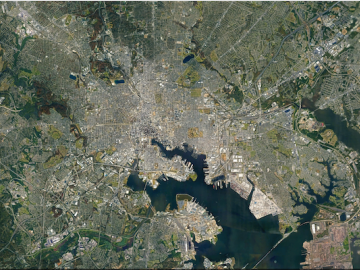
ORNL researchers are deploying their broad expertise in climate data and modeling to create science-based mitigation strategies for cities stressed by climate change as part of two U.S. Department of Energy Urban Integrated Field Laboratory projects.


